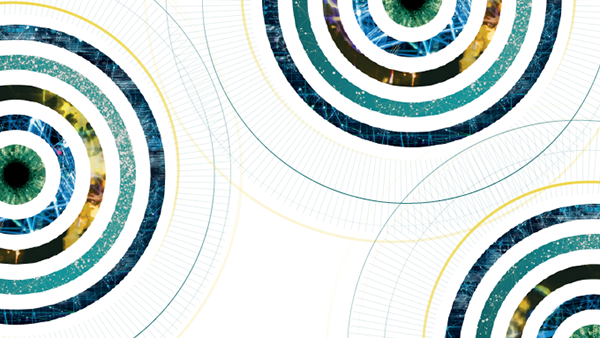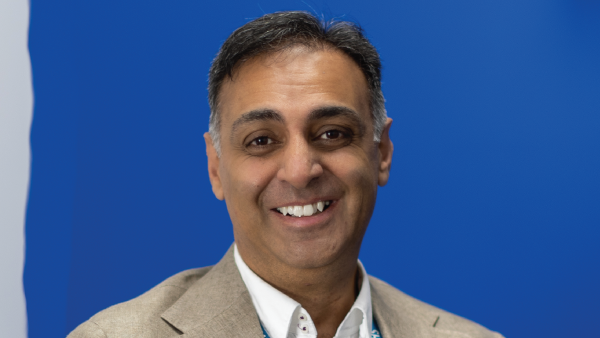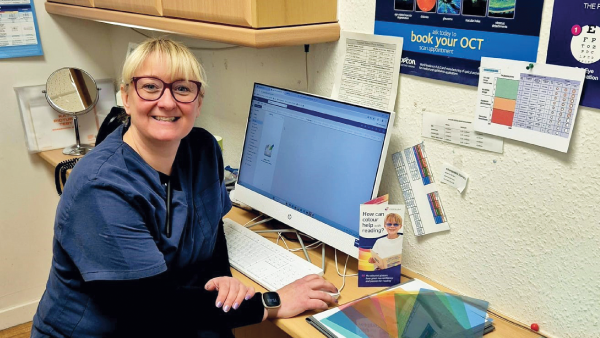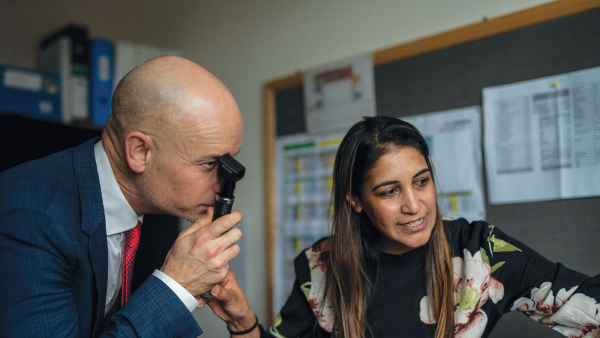One Eye on the Clock
Stanford University researchers develop a method to identify diseases associated with aging of the eye
It’s said that your eyes can reveal your true age, but researchers at the illustrious Stanford University have gone several steps further by developing a new method to measure ocular aging, while delivering tailored insights into the ophthalmic effects of several pathologies.
“TEMPO stands for Tracing Expression of Multiple Protein Origins,” says Vinit Mahajan, senior author of the study, vitreoretinal surgeon, and a professor in the Department of Ophthalmology at Stanford. Using TEMPO, the team were able to find 26 biomarkers of ocular aging out of 6,000 proteins extracted from vitreous humor and aqueous humor. “Using a gene expression map of the eye, we could figure out which cells in the eye were making the proteins we found,” explains Mahajan. “We found really specific protein expression signatures for photoreceptors, retinal endothelial cells, and amacrine cells, and we could track each cell type’s health in various diseases.”
With some help from artificial intelligence (AI) models developed specifically for the study, the team created an “AI proteomic clock” (as the researchers refer to it) that enables them to see exactly which of these proteins accelerate ocular aging. The model indicated that patients who were suffering from certain diseases, such as diabetes, showed accelerated aging – and pointed to Parkinson’s disease as a driver of retinal degeneration.
“Our paper looked at diabetic retinopathy, uveitis, and retinitis pigmentosa – conditions where age is not a risk factor,” Mahajan adds. “And we now will be looking at eye cancer and macular degeneration.”
The team at Stanford also plans to apply the method to other diseases not commonly associated with ophthalmology. “The eye is full of neurons, so neurons in brain disease might share molecular changes,” says Mahajan. “This is exactly what we found for Parkinson’s patients – many of the key proteins linked to Parkinson’s could be detected in eye fluid, and so it’s worth considering other hard-to-diagnose-and-treat brain diseases.”
Finally, Mahajan believes that TEMPO could be applied to other organs, allowing a surgeon to gain a precise understanding of what the body’s cells are doing. And he has confidence that the new technique might lead to a new avenue for personalized medical treatment and, in turn, increased success rates for drug candidates – ocular or otherwise – that eventually make it to clinical trials. “TEMPO could be used to enroll the patients most likely to respond to therapy. Knowing if a patient is making the right target protein – and which cells are sick – could help to stratify patients,” he explains. “And after a trial drug was started, TEMPO could help determine if the drug started working at the molecular level – something that might be detectable a long time before clinical improvement.”
Given that an estimated 90 percent of drug candidates fail in clinical trials, any improved predictive and diagnostic capability delivered by TEMPO would be welcome. “It’s as if we’re holding these living cells in our hands and examining them with a magnifying glass,” Mahajan says. “We’re dialing in and getting to know our patients intimately at a molecular level, which will enable precision health and more informed clinical trials.”
The New Optometrist Newsletter
Permission Statement
By opting-in, you agree to receive email communications from The New Optometrist. You will stay up-to-date with optometry content, news, events and sponsors information.
You can view our privacy policy here
Most Popular
Sign up to The New Optometrist Updates
Permission Statement
By opting-in, you agree to receive email communications from The New Optometrist. You will stay up-to-date with optometry content, news, events and sponsors information.
You can view our privacy policy here
Sign up to The New Optometrist Updates
Permission Statement
By opting-in, you agree to receive email communications from The New Optometrist. You will stay up-to-date with optometry content, news, events and sponsors information.
You can view our privacy policy here







